Abalone Effect Shou Sugi Ban Technique

This project was one of those pleasant surprises you get when you cut corners and it pays off. I had this idea in my head that I wanted to learn how to carve into wood. I am always trying to learn new skills and this one was next on my list. The idea I had was to keep it simple at first and just carve wavy grooves into my wood. It was my laziness that resulted in this Abalone-effect Shou sugi ban. I am sharing the basic info to complete this project, the detailed tutorial where I share the tips and tricks can be found on my website listed below.
It was not my intention for this project to be Shou sugi ban but here is how it happened. I watched a couple of youtube videos on how to carve wood and I found a guy using a Die Grinder. That appealed to me because it seemed to go pretty quick. Little did I realize that video was super speeded up. I found it really hard going and after an hour I had only carved one wavy groove.
My next idea was to use a wood router and cut the wavy grooves, which worked like a bomb. The only downfall was the square edges the router left in the wood. I ended up spending an hour sanding the edges off. Then I remembered that when I previously used the Shou Sugi Ban technique If I burnt the wood it sanded very easily. And that I how I discovered this abalone in effect in my Shou Sugi ban wall hanging.
Wood Choice
I am a self-taught woodworker and DIY fanatic and don’t claim to be an expert in what I am sharing with you today. I am only sharing the techniques I used to achieve this really cool abalone-effect wall hanging. Over the past couple of years, I have done a few Shou sugi ban projects. I have experimented with using different types of wood as well as different techniques on how to add colour to Shou Sugi Ban.
My personal favourite is pine, I have found the effects to be more dramatic. Another advantage of pine is that the wood is softer so it burns quicker. For this project, I recycled some pine side support from a four-poster bed. They were varnished but a couple of passes through a wood thicknesser and it was removed in no time. I would also recommend choosing wood that you can see has interesting woodgrain.
Router some wavy lines
To cut the wavy lines into the wood I used my cheap handheld router. You can see below what I meant by the square edges. I could have used a groove router bit, but I only had a small one.
The next step was to remove the straight edges caused by the router. At first, I used a sanding block but that took forever and it was hell on my hands. Next, I used a die grinder but that was not much better. I don’t think I was strong enough to hold the die grinder and use it correctly.
I repeated this process on the remaining wood before cutting the wood to size.
Burning the wood
I used a blowtorch to burn the wood. You need to burn the wood deep enough to cause the wood to get a crackled charred surface.
Next, I used a small wire brush to remove the charred surface between the grooves
I repeated this process on all the panels.
Sanding the Shou Sugi Ban
Once all the grooves are sanded you can start on the surface. You can continue using the wire brush or you can do it the cheat way using a nylon brush.
Burning some wood deeper caused a beautiful wavy texture on the surface.
This photo below shows the side profile of the wood so you can see the different textures.
Adding colour to Shou Sugi Ban
I am sure this will be a big surprise. I used a $2 acrylic paint from a budget store to add this colour. Another surprise is that was the only colour I used.
I have done a tutorial on how I added colours to the Shou sugi ban and all the products used. And also on how to apply them to get the best effects that I found in my trials. To start, apply some water to the surface using a spray bottle.
I diluted some paint with water in a small container and applied it to the surface with a foam brush.
Cover the surface and leave the paint to soak in for about 5 minutes.
Using clean rags wipe away the excess paint. In some areas, I wiped the surface harder which also created another colour.
Adding oil to the wood
To seal the wood I used Danish oil which I applied with a soft rag. This made the colours pop dramatically.
If you are not happy with the colours in the final step, do not despair. You can always go back and either burn the wood to go darker or sand to make it lighter. I felt this panel had too much blue, so I used the nylon brush and removed some of the colours.
Close up images of the snakeskin effect
I have added some close-ups of the snakeskin effect that this Shou sugi ban technique created.
These photos show all the different textures created on the surface. The knots and wood grain do not seem to burn away so they are always more raised and darker than the rest.
The panel on the far right is an example of what happens when you don’t sand down to the light wood.
My cost to make this project was very low because I used recycled wood. Your costs will depend on the materials and tools you have at home. I only real cost was my time which I have plenty of because this is my hobby.
This shou sugi ban wall art was created using different types of wood scraps I had in my workshop.
Enjoyed the project?
Resources for this project:
See all materials
Comments
Join the conversation
-
 Nancy Mesick
on Jul 05, 2023
Nancy Mesick
on Jul 05, 2023
Really beautiful!!!
-
 Unique Creations By Anita
on Jul 05, 2023
Unique Creations By Anita
on Jul 05, 2023
Thank you.
-
-
-
 Carolina's Art
on Jul 05, 2023
Carolina's Art
on Jul 05, 2023
This is just fantastic!! you always amazed me with your stuff. I absolutely love the effects of this one. So cool.
-
 Unique Creations By Anita
on Jul 05, 2023
Unique Creations By Anita
on Jul 05, 2023
Thanks for the awesome comment 😀
-
-



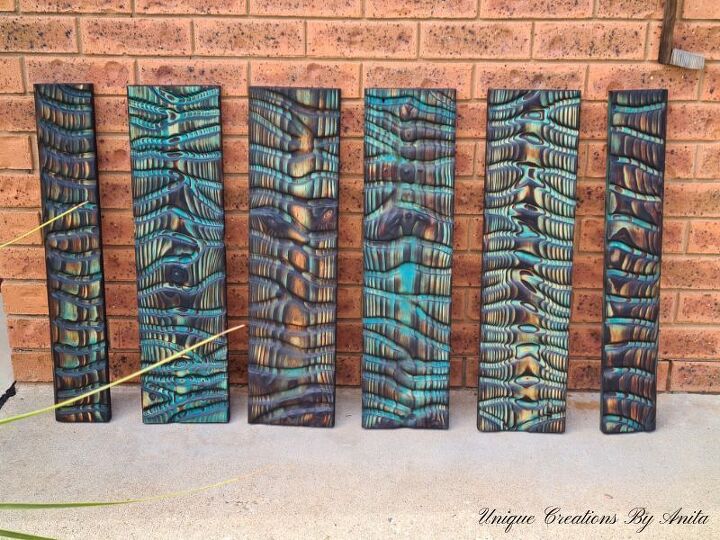





























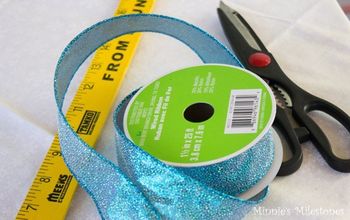
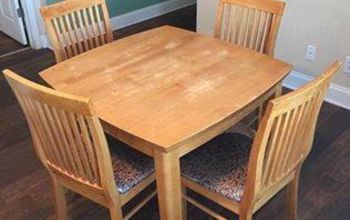




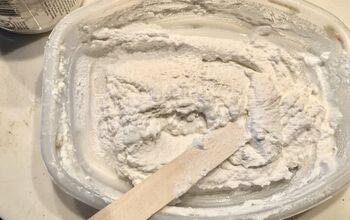
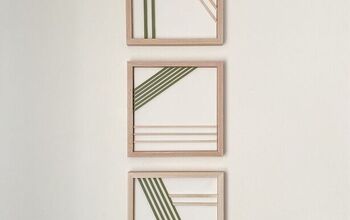

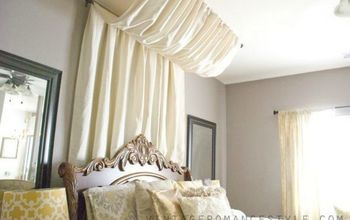



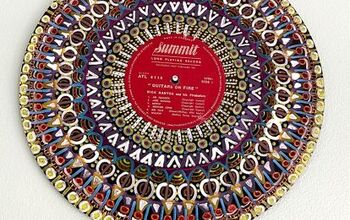








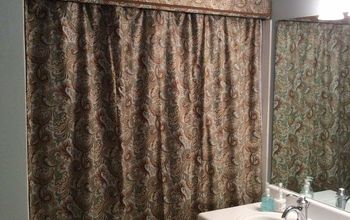
Frequently asked questions
Have a question about this project?
I am curious if torching the wood first then carving would make it easier to hand carve??
How deep would the wood HAVE to be to make the technique effective?
Can you do this on any wood?